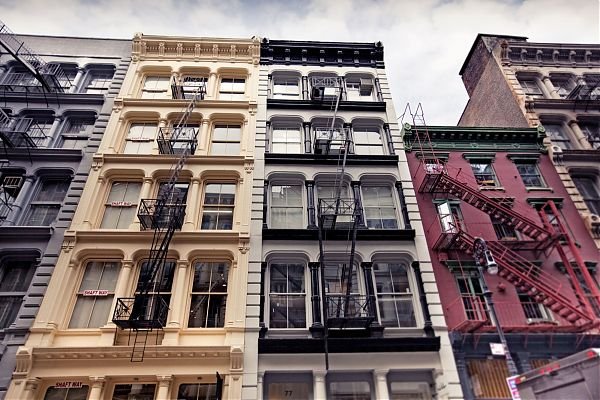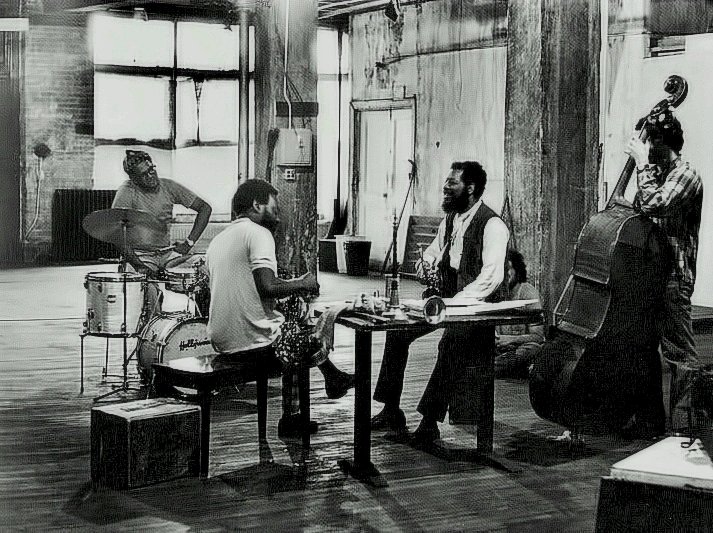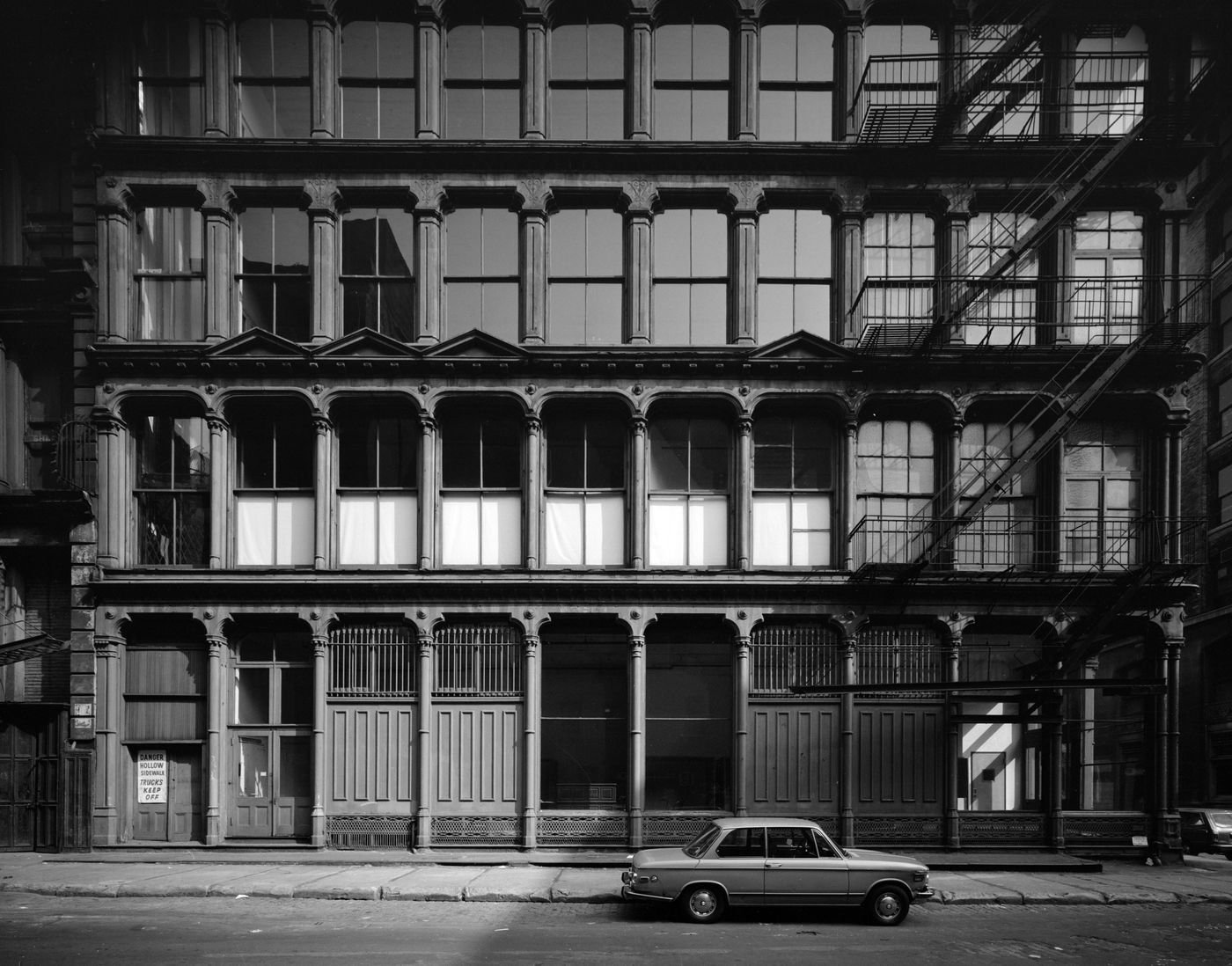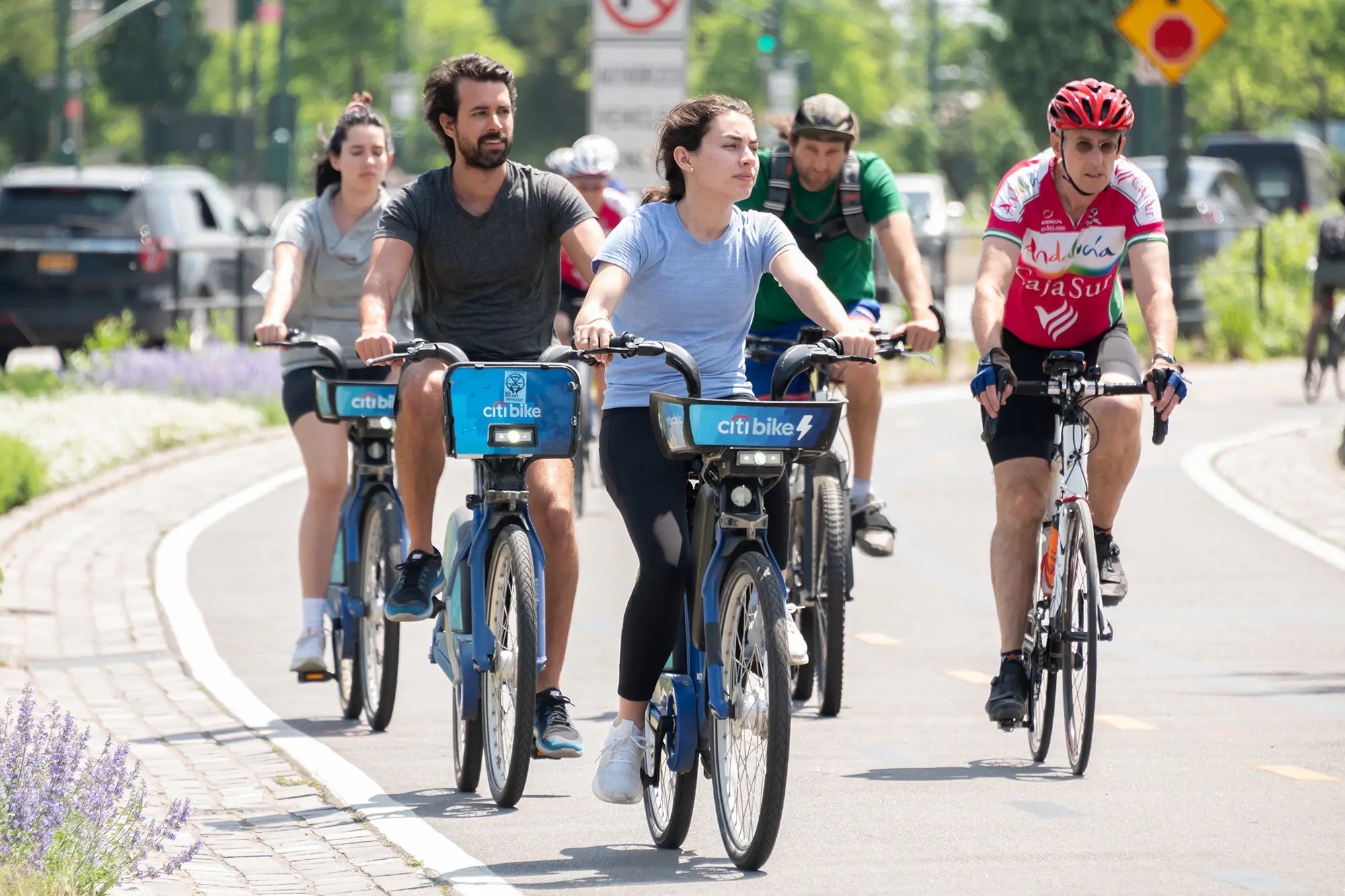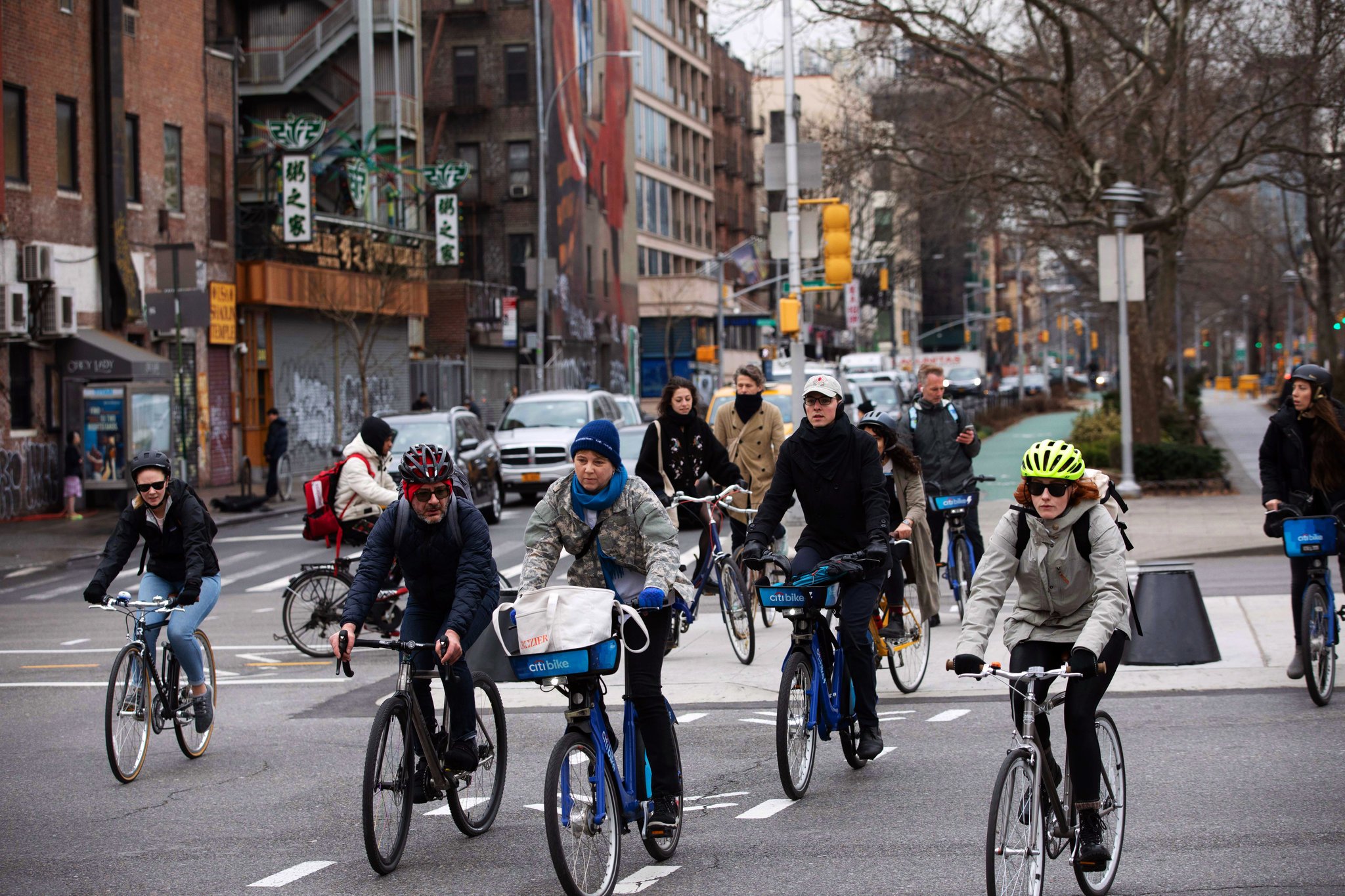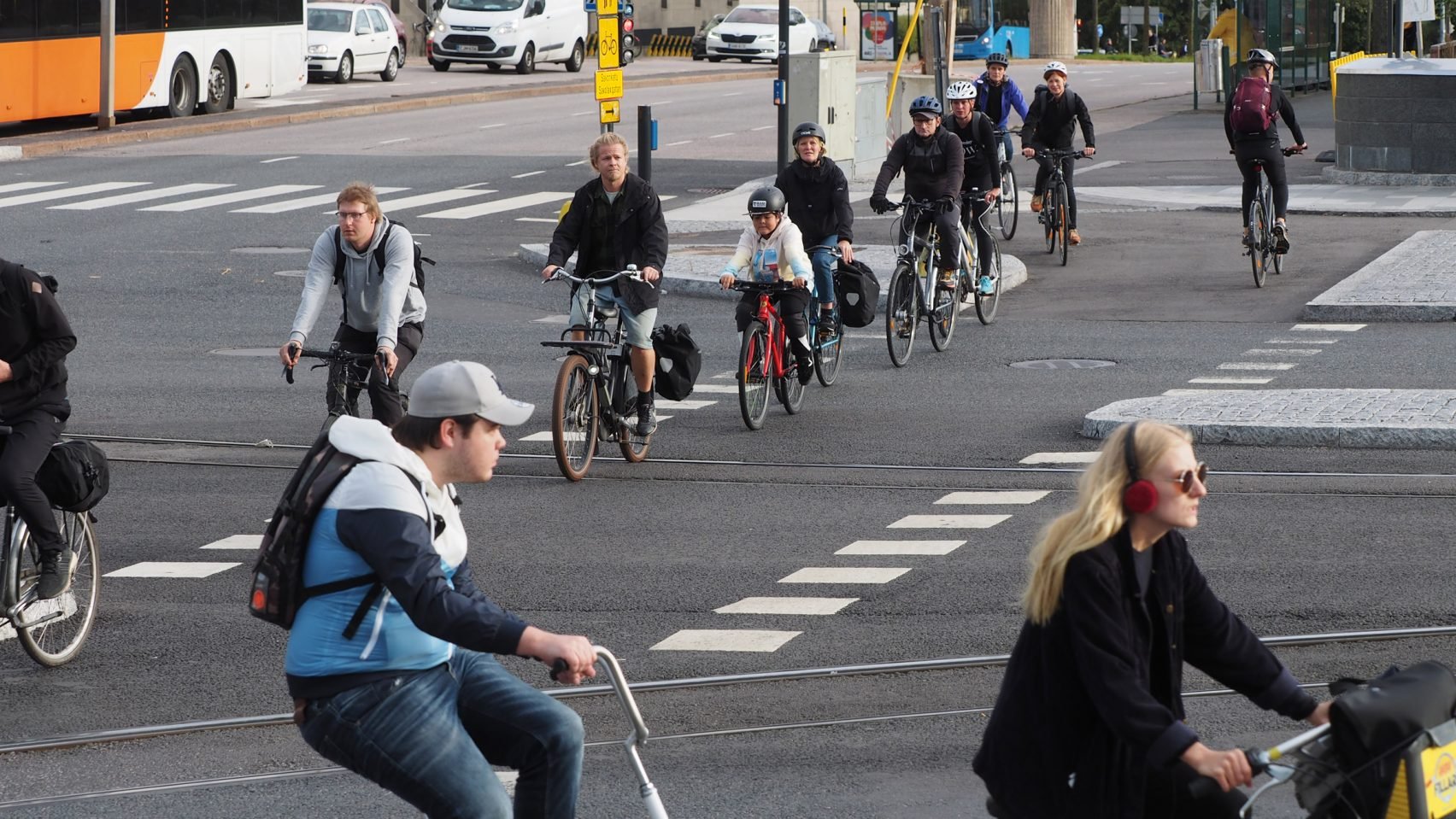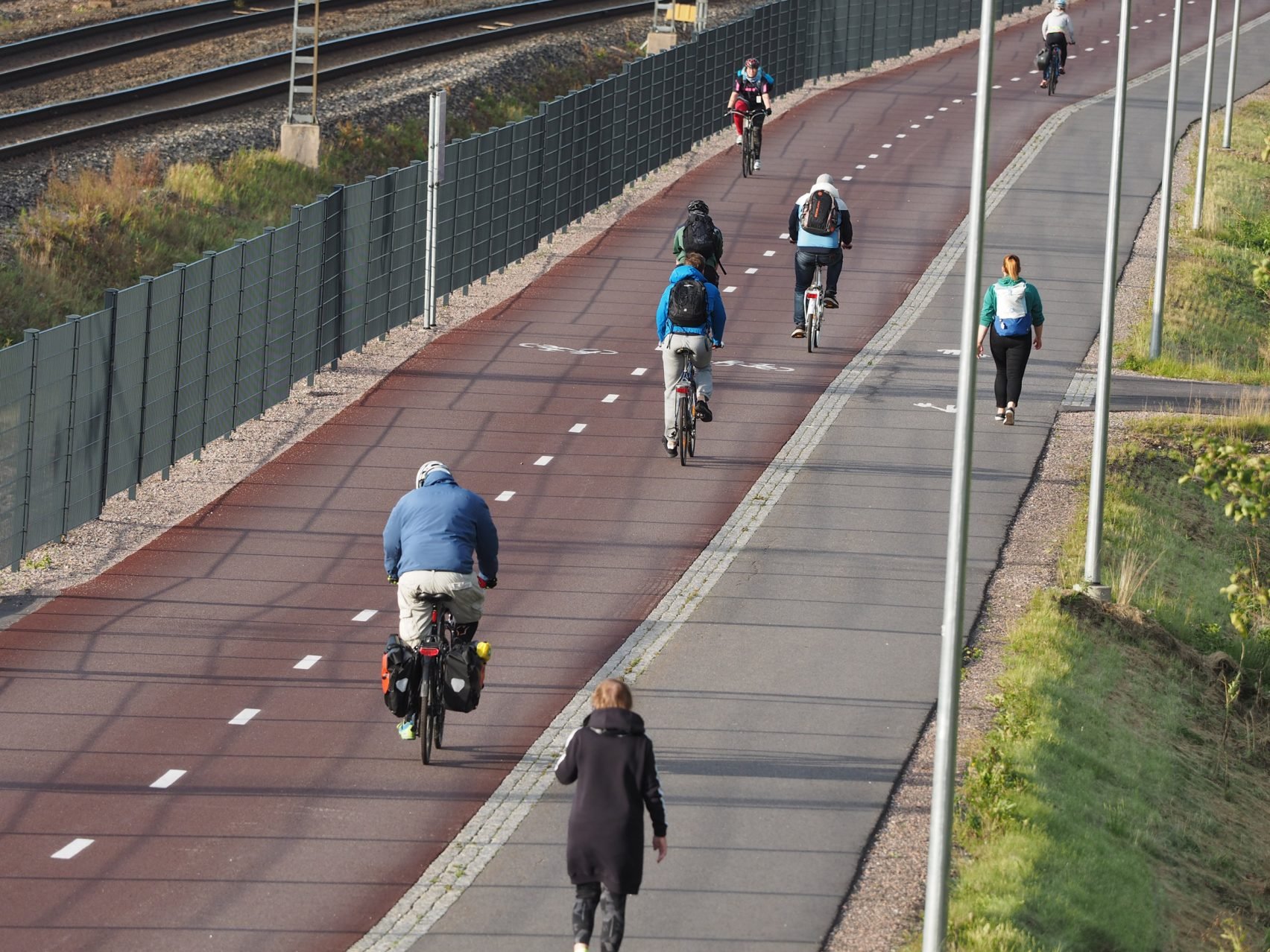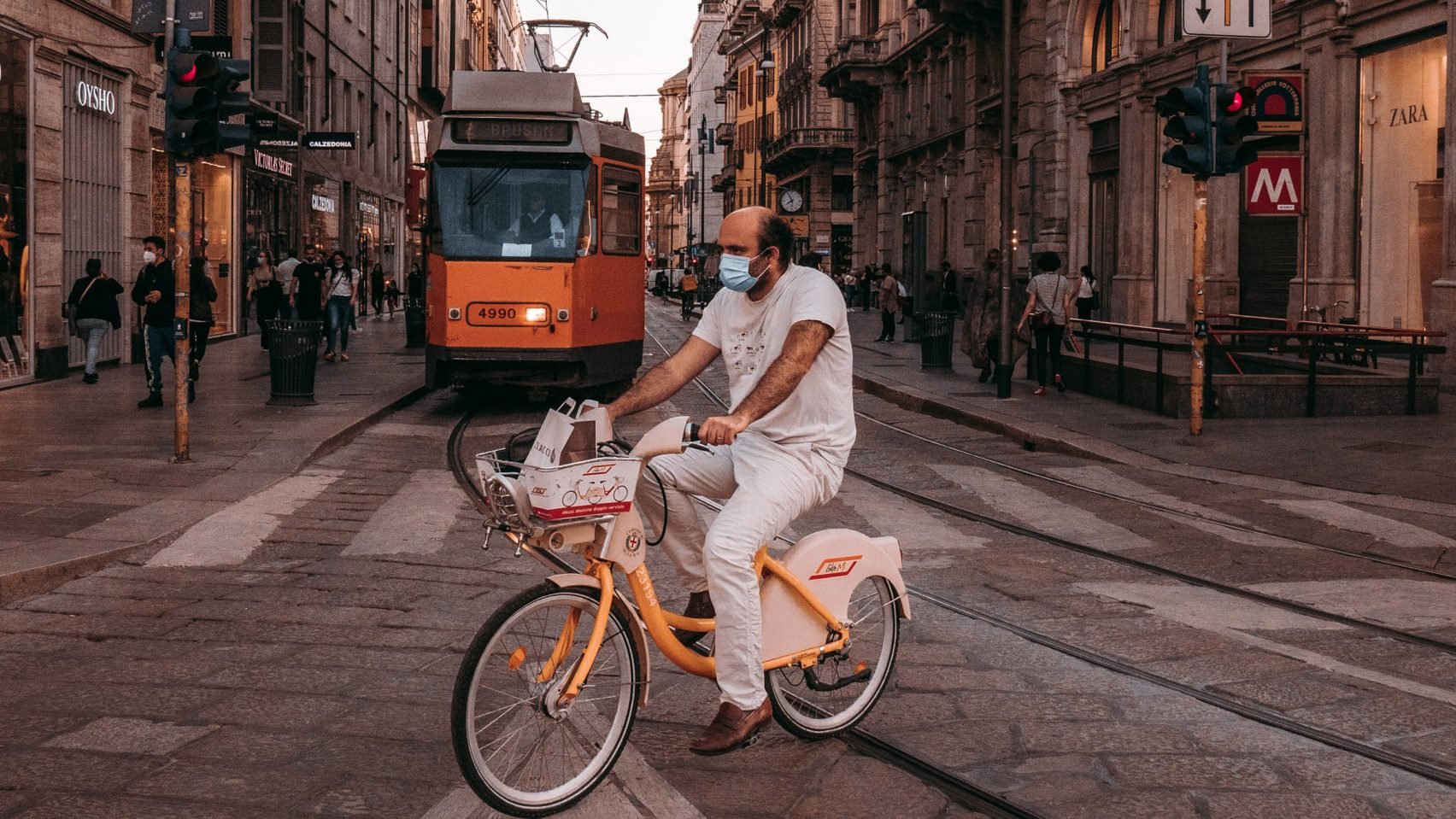This month at Nol Pov we go beyond the personal to explore a crucial city wellness topic: transportation infrastructure. For our July Reading List, The Nol Team has assembled a collection of articles that we found intriguing, and we hope you will too!
How the New York Loft Reclaimed Industrial Grit as Urban Luxury
June 22, 2022, 7:00 AM EDT
In Bloomberg’s CityLab series, Alexandra Lange describes the widespread shift in perspective regarding the ‘New York loft’, emphasizing its reputational transformation from traditionally affordable to luxury space. In this article, Lange walks us through the history of the ‘New York loft’ from factory to artist studio to luxury real estate–demonstrating just how flexible standards of luxury are in relation to the passage of time.
“Creative people looking for room to experiment, and willing to live outside the domestic norm, found homes in buildings made for mass production — and accidentally created a new style of living.”
Without Commuters, US Transit Agencies Are Running Out of Options
June 16, 2022, 7:30 AM EDT
Currently, subway ridership is down 60% from pre-pandemic levels. MARTA has only recovered 49% of pre-pandemic ridership. Skylar Woodhouse of Bloomberg reports on the pandemic’s effect on public transportation as a growing percentage of the population continues remote or hybrid work. Transit agencies across the country are running promotional deals and calling for new funding systems.
“A lot of agencies are going to hit the fiscal cliff either next year or the year after, and it’s not going to be pretty. The problem is structural and it has to do with how agencies have relied too heavily on fare revenue.”
Global cities becoming cycle friendly after "seismic shift" during pandemic
June 3, 2022
Paris, Milan, Berlin, Montreal, Austin, NYC, and London are just a few examples of the many metropolitan areas making the move to fundamentally redefine urban living. Nat Barker of Dezeen Magazine probes experts about the future of ‘cycleable cities’– its health and community benefits, political obstacles, and infrastructural needs.
“It’s putting the community, the person, at the heart of town planning. For 50 years or longer, the automobile has been right at the heart.”

